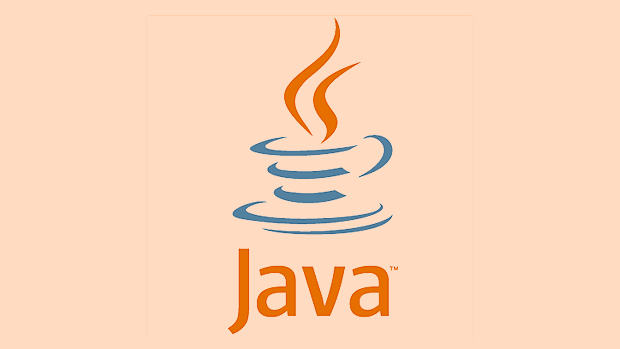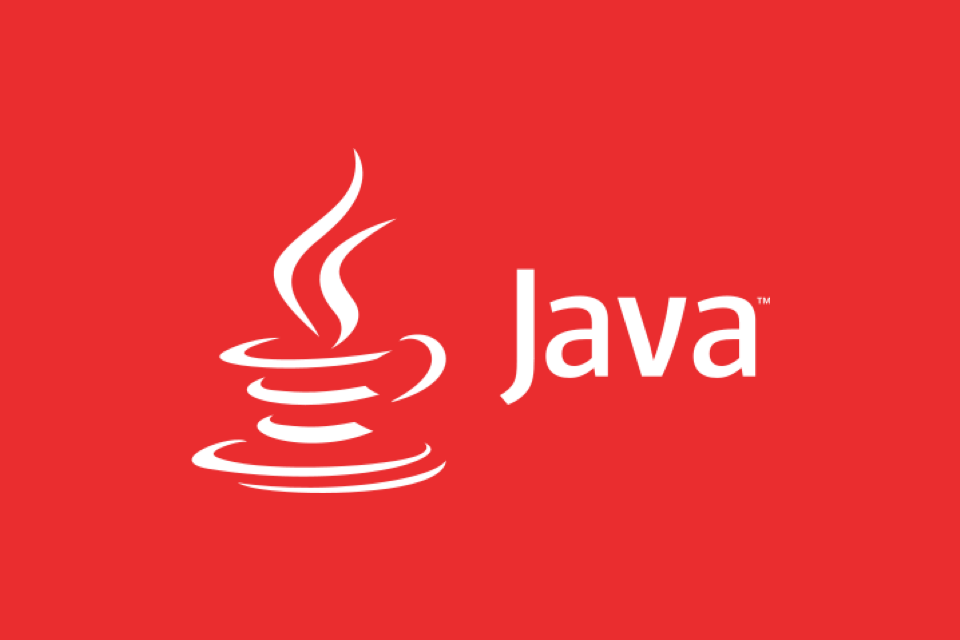Using Testcontainers for Reliable Integration Testing in Java
Jul 25, 2025 am 12:54 AMUsing Testcontainers can solve the reliability problem of relying on external services in Java integration testing. 1. Add Testcontainers dependencies in Maven or Gradle, such as PostgreSQL and JUnit Jupiter modules; 2. Write real integration tests, start PostgreSQL containers through @Container, and inject database connection information with @DynamicPropertySource to ensure that the test is consistent with the production environment; 3. Optionally set postgres.setReuse(true) to multiplex containers to accelerate local testing, but prohibit use in CI/CD to prevent state residues and cause unstable tests; 4. Support complex dependencies such as Kafka and Redis, such as using KafkaContainer to test message production and consumption; 5. Follow best practices: manage container life cycle rationally, avoid test contamination, use lightweight mirroring, run in CI/CD and only for integration testing, so that the test is authentic, reliable and efficient.

When writing integration tests for Java applications that depend on external services—like databases, message brokers, or caches—reliability and consistency are key. Traditional approaches, such as using embedded servers or shared staging environments, often fall short. That's where Testcontainers come in.

Testcontainers allow you to spin up real dependencies in Docker containers during your tests, ensuring your integration tests run against actual services—not mocks or simplified substitutes. This leads to more accurate, reliable, and production-relevant testing.
Here's how to use Testcontainers effectively in Java for robust integration testing.

1. Add Testcontainers to Your Project
Start by including the necessary dependencies in your pom.xml (for Maven) or build.gradle (for Gradle).
For Maven:

<dependency>
<groupId>org.testcontainers</groupId>
<artifactId>postgresql</artifactId>
<version>1.19.0</version>
<scope>test</scope>
</dependency>
<dependency>
<groupId>org.testcontainers</groupId>
<artifactId>junit-jupiter</artifactId>
<version>1.19.0</version>
<scope>test</scope>
</dependency>This example includes the PostgreSQL module and JUnit 5 integration. Testcontainers offer modules for MySQL, Kafka, Redis, Elasticsearch, and many others.
2. Write a Realistic Integration Test with a Database
Let's say your app uses Spring Boot and JPA with PostgreSQL. Instead of relying on an in-memory H2 database during tests (which behaves differently), use a real PostgreSQL instance.
@SpringBootTest
@Testcontainers
class UserRepositoryIntegrationTest {
@Container
static PostgreSQLContainer<?> postgres = new PostgreSQLContainer<>("postgres:15")
.withDatabaseName("testdb")
.withUsername("test")
.withPassword("test");
@DynamicPropertySource
static void configureProperties(DynamicPropertyRegistry registry) {
registry.add("spring.datasource.url", postgres::getJdbcUrl);
registry.add("spring.datasource.username", postgres::getUsername);
registry.add("spring.datasource.password", postgres::getPassword);
}
@Autowired
private UserRepository userRepository;
@Test
void shouldSaveAndFindUser() {
User user = new User("john@example.com");
userRepository.save(user);
Optional<User> found = userRepository.findByEmail("john@example.com");
assertThat(found).isPresent();
assertThat(found.get().getEmail()).isEqualTo("john@example.com");
}
}Key points:
-
@Testcontainersenables Testcontainers support. -
@Containermarks a static field as a container to be managed lifecycle-wise. -
@DynamicPropertySourcefeeds container connection details into Spring's configuration—this is cruel for aligning runtime settings.
This test runs against a real PostgreSQL instance, eliminating surprises caused by dialect differences or behavior mismatches.
3. Speed Up Tests with Reusable Containers (Use with Caution)
By default, containers start and stop for each test class, which ensures isolation but can be slow. You can reuse containers across test runs by setting:
postgres.setReuse(true);
This tells Docker to reuse an existing container if one with the same configuration already exists. This speeds up local development significantly.
?? Warning : Only enable reuse in development. Never on CI/CD unless you fully control the environment. Reused containers can retain state, leading to flaky tests.
4. Test Complex Dependencies Like Kafka or Redis
Testcontainers isn't just for databases. For example, to test a service that publishes events to Kafka:
@Container
static KafkaContainer kafka = new KafkaContainer(DockerImageName.parse("confluentinc/cp-kafka:latest"));
@Test
void shouldProduceAndConsumeMessage() throws Exception {
String topic = "test-topic";
Properties props = new Properties();
props.put("bootstrap.servers", kafka.getBootstrapServers());
// ... setup producer/consumer
}Similarly, you can test Redis, Elasticsearch, or even custom microservices in containers. This ensures your integration points behave as expected under real network and serialization conditions.
5. Best Practices for Reliable Tests
- ? Use container lifecycle wisely : Prefer
@Containerfor per-class containers and@ServiceConnection(with Spring Boot 3.1 ) for auto-registration. - ? Avoid test pollution : Ensure your tests don't rely on shared data. Clean up after each test if needed (eg, truncate tables).
- ? Keep containers lightweight : Use slim, specific Docker images. Avoid heavy or unnecessary configurations.
- ? Run in CI/CD : Testcontainers works well in GitHub Actions, GitLab CI, etc., as long as Docker is available.
- ? Don't overuse : Reserve Testcontainers for true integration tests. Unit tests should remain fast and isolated.
Using Testcontainers brings your integration tests much closer to production reality. You're no longer guessing whether your app will work with the real PostgreSQL or Kafka cluster—it just will, because you've already tested it.
It's not magic, but it's the next best thing: real dependencies, under test, with minimal setup.
The above is the detailed content of Using Testcontainers for Reliable Integration Testing in Java. For more information, please follow other related articles on the PHP Chinese website!

Hot AI Tools

Undress AI Tool
Undress images for free

Undresser.AI Undress
AI-powered app for creating realistic nude photos

AI Clothes Remover
Online AI tool for removing clothes from photos.

Clothoff.io
AI clothes remover

Video Face Swap
Swap faces in any video effortlessly with our completely free AI face swap tool!

Hot Article

Hot Tools

Notepad++7.3.1
Easy-to-use and free code editor

SublimeText3 Chinese version
Chinese version, very easy to use

Zend Studio 13.0.1
Powerful PHP integrated development environment

Dreamweaver CS6
Visual web development tools

SublimeText3 Mac version
God-level code editing software (SublimeText3)
 Asynchronous Programming Techniques in Modern Java
Jul 07, 2025 am 02:24 AM
Asynchronous Programming Techniques in Modern Java
Jul 07, 2025 am 02:24 AM
Java supports asynchronous programming including the use of CompletableFuture, responsive streams (such as ProjectReactor), and virtual threads in Java19. 1.CompletableFuture improves code readability and maintenance through chain calls, and supports task orchestration and exception handling; 2. ProjectReactor provides Mono and Flux types to implement responsive programming, with backpressure mechanism and rich operators; 3. Virtual threads reduce concurrency costs, are suitable for I/O-intensive tasks, and are lighter and easier to expand than traditional platform threads. Each method has applicable scenarios, and appropriate tools should be selected according to your needs and mixed models should be avoided to maintain simplicity
 Best Practices for Using Enums in Java
Jul 07, 2025 am 02:35 AM
Best Practices for Using Enums in Java
Jul 07, 2025 am 02:35 AM
In Java, enums are suitable for representing fixed constant sets. Best practices include: 1. Use enum to represent fixed state or options to improve type safety and readability; 2. Add properties and methods to enums to enhance flexibility, such as defining fields, constructors, helper methods, etc.; 3. Use EnumMap and EnumSet to improve performance and type safety because they are more efficient based on arrays; 4. Avoid abuse of enums, such as dynamic values, frequent changes or complex logic scenarios, which should be replaced by other methods. Correct use of enum can improve code quality and reduce errors, but you need to pay attention to its applicable boundaries.
 Understanding Java NIO and Its Advantages
Jul 08, 2025 am 02:55 AM
Understanding Java NIO and Its Advantages
Jul 08, 2025 am 02:55 AM
JavaNIO is a new IOAPI introduced by Java 1.4. 1) is aimed at buffers and channels, 2) contains Buffer, Channel and Selector core components, 3) supports non-blocking mode, and 4) handles concurrent connections more efficiently than traditional IO. Its advantages are reflected in: 1) Non-blocking IO reduces thread overhead, 2) Buffer improves data transmission efficiency, 3) Selector realizes multiplexing, and 4) Memory mapping speeds up file reading and writing. Note when using: 1) The flip/clear operation of the Buffer is easy to be confused, 2) Incomplete data needs to be processed manually without blocking, 3) Selector registration must be canceled in time, 4) NIO is not suitable for all scenarios.
 How Java ClassLoaders Work Internally
Jul 06, 2025 am 02:53 AM
How Java ClassLoaders Work Internally
Jul 06, 2025 am 02:53 AM
Java's class loading mechanism is implemented through ClassLoader, and its core workflow is divided into three stages: loading, linking and initialization. During the loading phase, ClassLoader dynamically reads the bytecode of the class and creates Class objects; links include verifying the correctness of the class, allocating memory to static variables, and parsing symbol references; initialization performs static code blocks and static variable assignments. Class loading adopts the parent delegation model, and prioritizes the parent class loader to find classes, and try Bootstrap, Extension, and ApplicationClassLoader in turn to ensure that the core class library is safe and avoids duplicate loading. Developers can customize ClassLoader, such as URLClassL
 Handling Common Java Exceptions Effectively
Jul 05, 2025 am 02:35 AM
Handling Common Java Exceptions Effectively
Jul 05, 2025 am 02:35 AM
The key to Java exception handling is to distinguish between checked and unchecked exceptions and use try-catch, finally and logging reasonably. 1. Checked exceptions such as IOException need to be forced to handle, which is suitable for expected external problems; 2. Unchecked exceptions such as NullPointerException are usually caused by program logic errors and are runtime errors; 3. When catching exceptions, they should be specific and clear to avoid general capture of Exception; 4. It is recommended to use try-with-resources to automatically close resources to reduce manual cleaning of code; 5. In exception handling, detailed information should be recorded in combination with log frameworks to facilitate later
 How does a HashMap work internally in Java?
Jul 15, 2025 am 03:10 AM
How does a HashMap work internally in Java?
Jul 15, 2025 am 03:10 AM
HashMap implements key-value pair storage through hash tables in Java, and its core lies in quickly positioning data locations. 1. First use the hashCode() method of the key to generate a hash value and convert it into an array index through bit operations; 2. Different objects may generate the same hash value, resulting in conflicts. At this time, the node is mounted in the form of a linked list. After JDK8, the linked list is too long (default length 8) and it will be converted to a red and black tree to improve efficiency; 3. When using a custom class as a key, the equals() and hashCode() methods must be rewritten; 4. HashMap dynamically expands capacity. When the number of elements exceeds the capacity and multiplies by the load factor (default 0.75), expand and rehash; 5. HashMap is not thread-safe, and Concu should be used in multithreaded
 Explained: Java Polymorphism in Object-Oriented Programming
Jul 05, 2025 am 02:52 AM
Explained: Java Polymorphism in Object-Oriented Programming
Jul 05, 2025 am 02:52 AM
Polymorphism is one of the core features of Java object-oriented programming. Its core lies in "one interface, multiple implementations". It implements a unified interface to handle the behavior of different objects through inheritance, method rewriting and upward transformation. 1. Polymorphism allows the parent class to refer to subclass objects, and the corresponding methods are called according to the actual object during runtime; 2. The implementation needs to meet the three conditions of inheritance relationship, method rewriting and upward transformation; 3. It is often used to uniformly handle different subclass objects, collection storage and framework design; 4. When used, only the methods defined by the parent class can be called. New methods added to subclasses need to be transformed downward and accessed, and pay attention to type safety.
 Effective Use of Java Enums and Best Practices
Jul 07, 2025 am 02:43 AM
Effective Use of Java Enums and Best Practices
Jul 07, 2025 am 02:43 AM
Java enumerations not only represent constants, but can also encapsulate behavior, carry data, and implement interfaces. 1. Enumeration is a class used to define fixed instances, such as week and state, which is safer than strings or integers; 2. It can carry data and methods, such as passing values ??through constructors and providing access methods; 3. It can use switch to handle different logics, with clear structure; 4. It can implement interfaces or abstract methods to make differentiated behaviors of different enumeration values; 5. Pay attention to avoid abuse, hard-code comparison, dependence on ordinal values, and reasonably naming and serialization.






